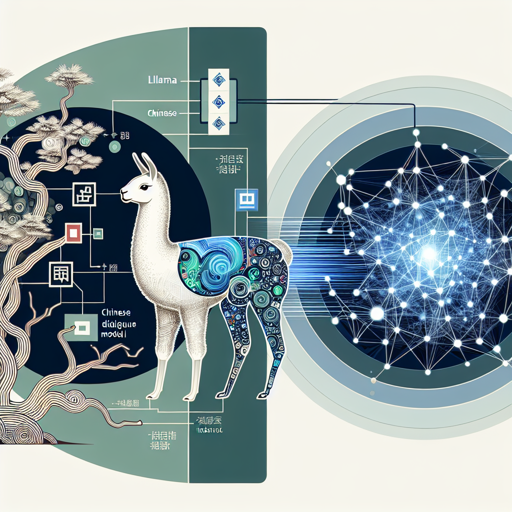Welcome to the world of advanced machine learning! In this article, we’ll take a deep dive into using the Llama3-Chinese-8B-Instruct model, a newly developed dialogue model fine-tuned specifically for the Chinese language.
What is Llama3-Chinese-8B-Instruct?
Llama3-Chinese-8B-Instruct is a dialogue model based on Llama3-8B, developed collaboratively by the Llama Chinese community and AtomEcho. This model is designed to generate insightful and coherent text in response to input prompts. For continuous updates on model parameters and training processes, refer to the Llama Family website and explore additional resources on the Llama Chinese GitHub repository.
Getting Started with Llama3-Chinese-8B-Instruct
To make use of this powerful model, you’ll need to set it up using Python and the Hugging Face Transformers library. Let’s break this process down into digestible steps.
Step-by-Step Guide
- Step 1: Import the necessary libraries.
- Step 2: Initialize the model and pipeline.
- Step 3: Prepare your input message.
- Step 4: Call the pipeline for output generation.
Code Example
Here’s how you can implement the steps:
import transformers
import torch
model_id = "FlagAlpha/Llama3-Chinese-8B-Instruct"
pipeline = transformers.pipeline(
"text-generation",
model=model_id,
model_kwargs={"torch_dtype": torch.float16},
device="cuda",
)
messages = [{"role": "system", "content": ""}]
messages.append({"role": "user", "content": "介绍一下机器学习"})
prompt = pipeline.tokenizer.apply_chat_template(
messages,
tokenize=False,
add_generation_prompt=True
)
terminators = [
pipeline.tokenizer.eos_token_id,
pipeline.tokenizer.convert_tokens_to_ids("<|eot_id|>")
]
outputs = pipeline(
prompt,
max_new_tokens=512,
eos_token_id=terminators,
do_sample=True,
temperature=0.6,
top_p=0.9
)
content = outputs[0]["generated_text"][len(prompt):]
print(content)Explaining the Code: The Librarian Analogy
Let’s look at the code above with an analogy. Imagine you’re a librarian (the model) in a massive library (the Transformers library), and your job is to find the perfect book (text) based on a request (input message) from a visitor (user).
- The visitor walks up and asks for information on “machine learning” (the user message).
- You pull out a list of books that match this request (the tokenizer and chat template).
- Then, you gather enough information from all the related books (inputs) and put together a coherent answer (output generation) using a specific style (settings like temperature and top_p).
- Finally, you present your findings to the visitor in an engaging manner (the model response).
Troubleshooting Common Issues
While using Llama3-Chinese-8B-Instruct, you might encounter some challenges. Here are solutions to common problems:
- Model Not Found: Ensure that the model ID is correct. Double-check the spelling and capitalization.
- Out of Memory Error: This could happen if your GPU has insufficient memory. Try reducing the
max_new_tokensor switch to CPU by removingdevice="cuda". - Pipelines Error: Confirm that you have installed the latest version of the Transformers library. You can do this using
pip install --upgrade transformers.
For more insights, updates, or to collaborate on AI development projects, stay connected with fxis.ai.
Conclusion
At fxis.ai, we believe that such advancements are crucial for the future of AI, as they enable more comprehensive and effective solutions. Our team is continually exploring new methodologies to push the envelope in artificial intelligence, ensuring that our clients benefit from the latest technological innovations.

